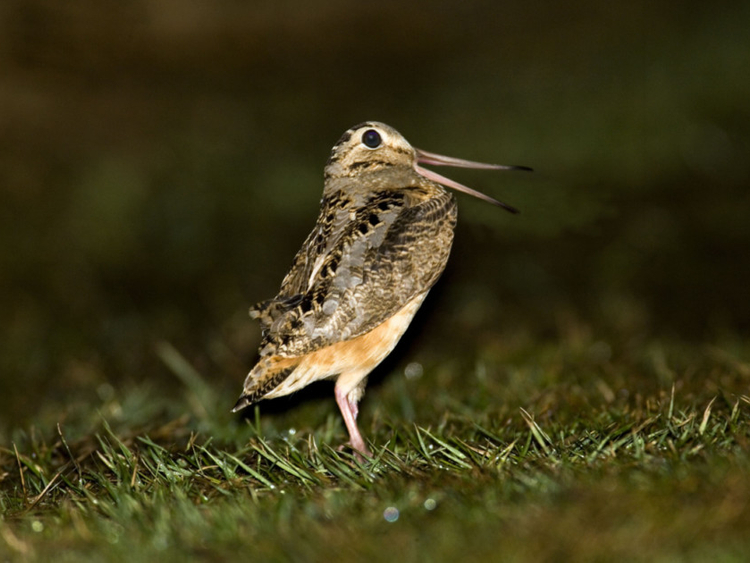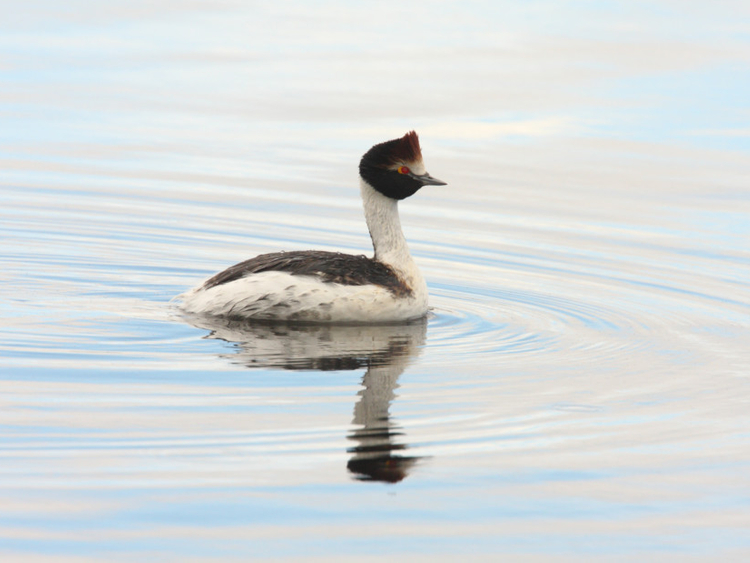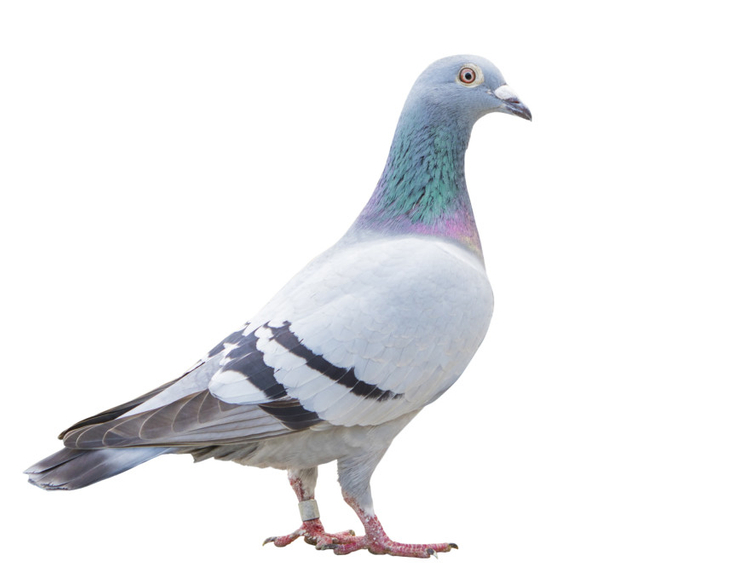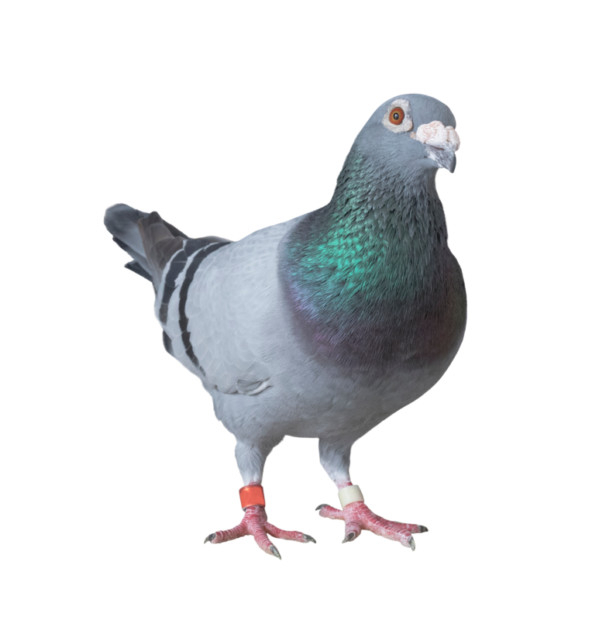No matter how you celebrated Valentine’s Day this month, one thing should be abundantly clear: Your romantic life is pale compared to our feathered friends.
When it comes to courtship, members of the Aves class are a class unto themselves. They dance like Michael Jackson and sing like Barbra Streisand. They work hard to sustain their relationships. They actually tidy their homes before inviting someone over.
And while their flirting strategies are a bit, well, unusual - they’re certainly more creative than the pickup lines preferred by humans.
Sky dance: American woodcock
On spring evenings just before dusk, a male woodcock will find a spot at the edge of the forest and issue a resounding, buzzy “peent.” If he manages to catch a female woodcock’s attention, he’ll take to the skies, soaring upward in a huge, wide spiral, making a twittering sound as it riffles his wings. Then he’ll drift back to the earth like a leaf, zigzagging to land in exactly the spot from which he launched.
“It’s really spectacular,” Sara Kaiser, a behavioural ecologist at the Smithsonian Centre for Conservation Genomics. But by avian standards, even those guys are slackers.
Lek of the draw: Red capped manakins
The red-capped manakins of Central America gather at courtship assemblies called leks, which Kaiser compared to night clubs. “You have all these males that are trying to show off and attract these females,” she said.
In a lek, up to five male manakins pose on a tree branch and shuffle back and forth as though moonwalking. They pivot to flash their yellow inner thighs, snap their wings and circle around their perch while a female manakin watches. If she’s unimpressed by what she sees, she’ll fly to a new lek - like club-hopping, minus the bad music and floors sticky from spilled beer.
Code blue for romance: Satin bowerbirds
The satin bowerbirds of Australia go the extra mile to attract a mate: Not only do the male birds do a special dance, but they perform it in elaborate stick structures adorned with objects in their favourite colour - blue. When researchers try to mess with the birds’ decorating scheme by sneaking in red objects, the male birds swiftly remove it before it’s spotted by a potential mate. They know female bowerbirds would never make the mistake of going home with a guy whose place is less than impeccable.
Perfect synchrony: Hooded grebe
Maria Servedio, a biologist at the University of North Carolina at Chapel Hill, loves the courtship dance of the hooded grebe - a critically endangered species found only on the windswept plateaus of Patagonia. Paddling across their high-altitude lagoons, they extend their necks back until their heads touch the water, then lean forward with their wings outstretched. Next they rush toward each other and bump chests like football players. Finally, they slap their webbed feet against the water until they’re nearly standing, then dance over its surface in nearly perfect synchrony.
These elaborate romantic rituals are the result of sexual selection, the process by which organisms’ mating preferences gradually shape the evolution of their species. When female birds have a slight preference for male birds with certain traits - guys with flashy plumage, a seductive dance, a tidy bower - they’re more likely to have offspring who inherit both that preference and those traits.
But why would female birds have these preferences in the first place? One theory is that these traits suggest something about the male bird’s evolutionary fitness: a brightly coloured bird might be healthier, a good dancer, quick and dexterous; a guy with a beautiful bower clever enough to keep his house in order.
Biologist Roxana Torres of the National Autonomous University in Mexico has conducted experiments looking at what happens to blue-footed boobies that are aging, hungry or diseased and found that within 48 hours, their signature cerulean feet had turned a drab gray. This indicates bright colours are an “honest signal” of good health, and it is in female birds’ best interest to see the bottoms of the male birds’ feet.
Another theory argues that female birds prefer some traits despite their implications for fitness. If a male bird has made it through life with a trait that seems like a handicap - say, a peacock’s absurdly long train - then he must be really good at all the other behaviours needed for survival.
Whatever the reason for their appeal, courtship rituals are not merely a ploy. Many species, including hooded grebes, are in it for the long haul - male grebes will perform their dances even after mating.
Torres and others believe sustained courtship induces females to stay invested in the relationship, making it more likely their offspring will survive to adulthood.
— Washington Post


















